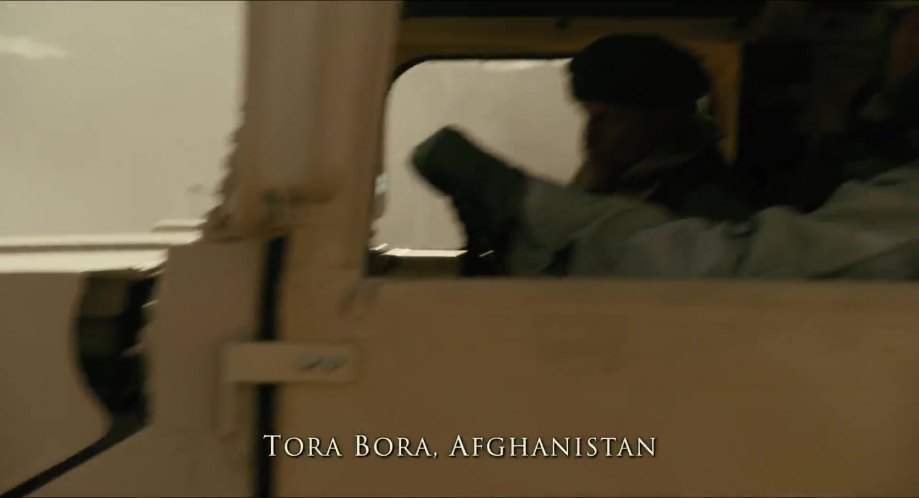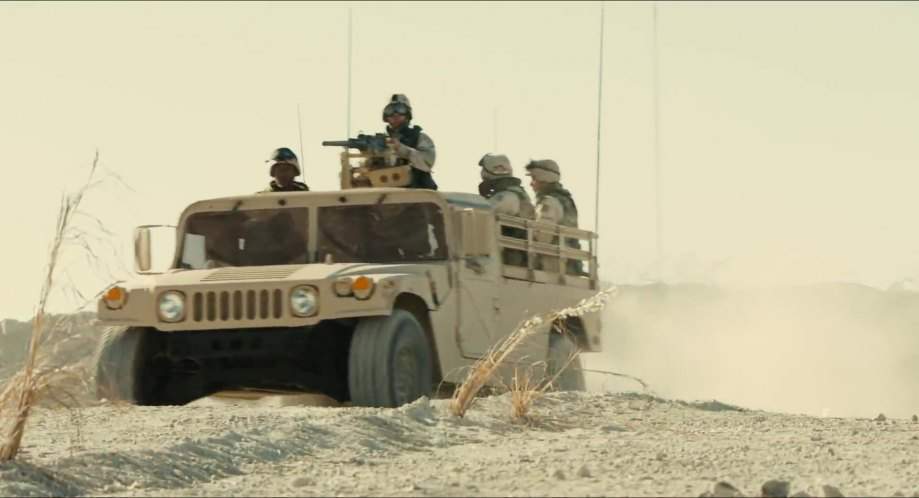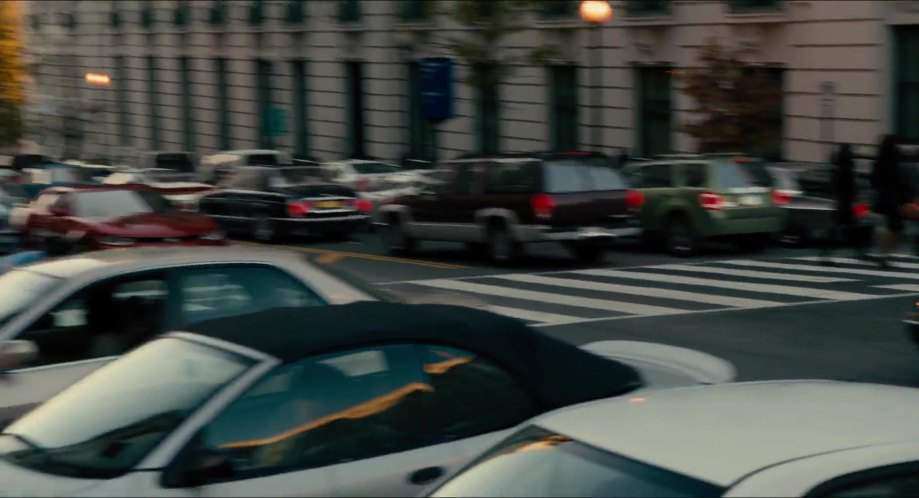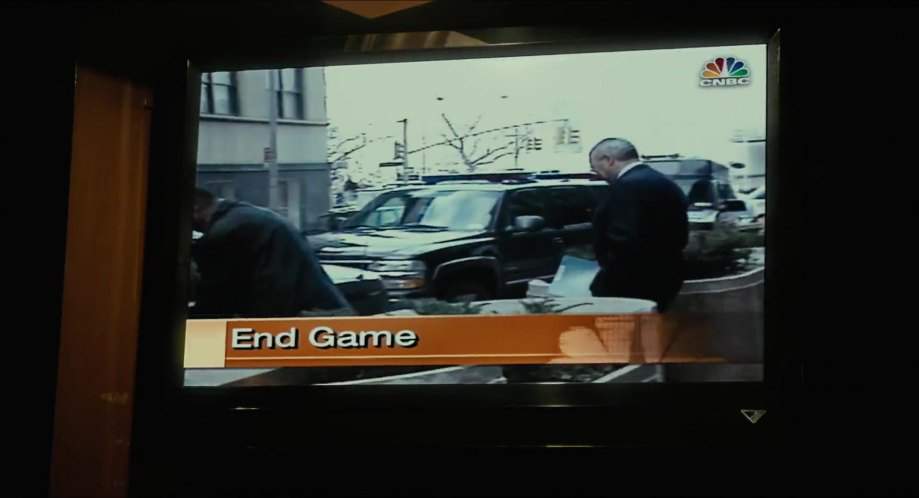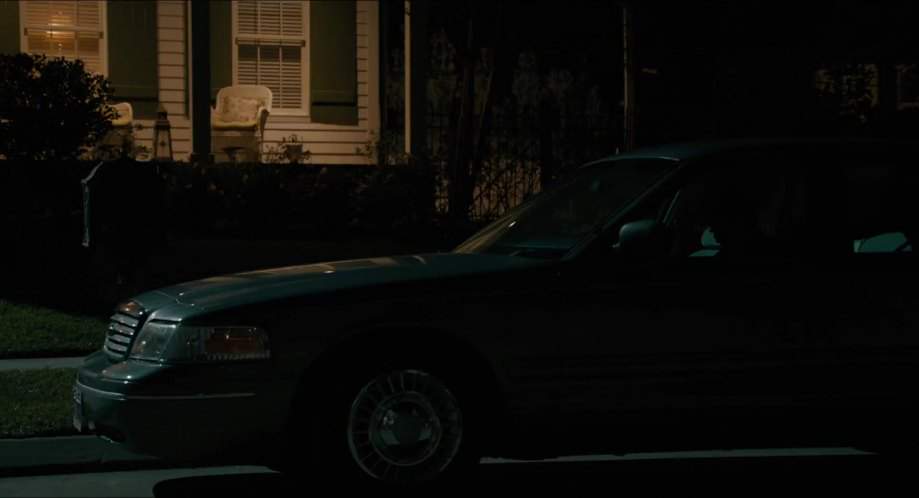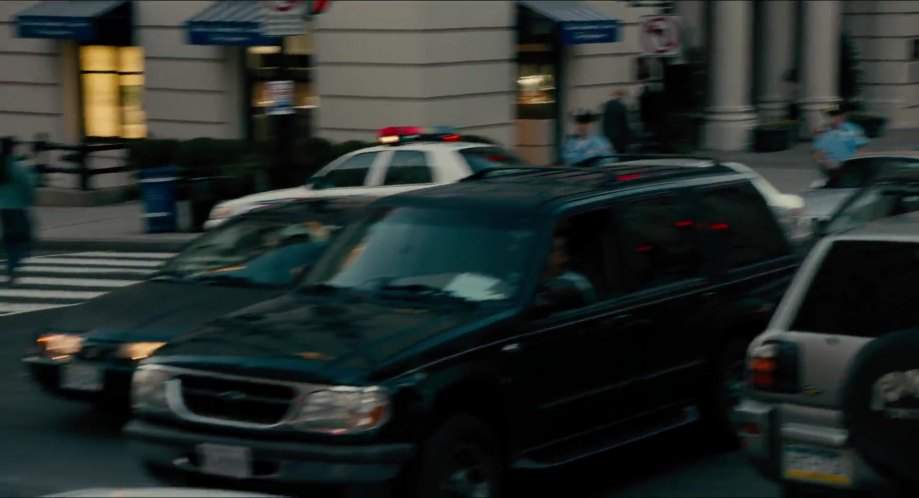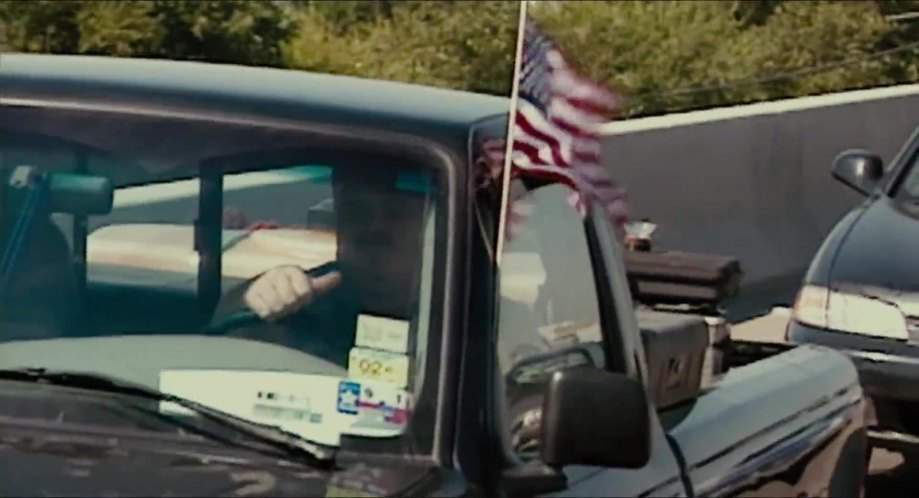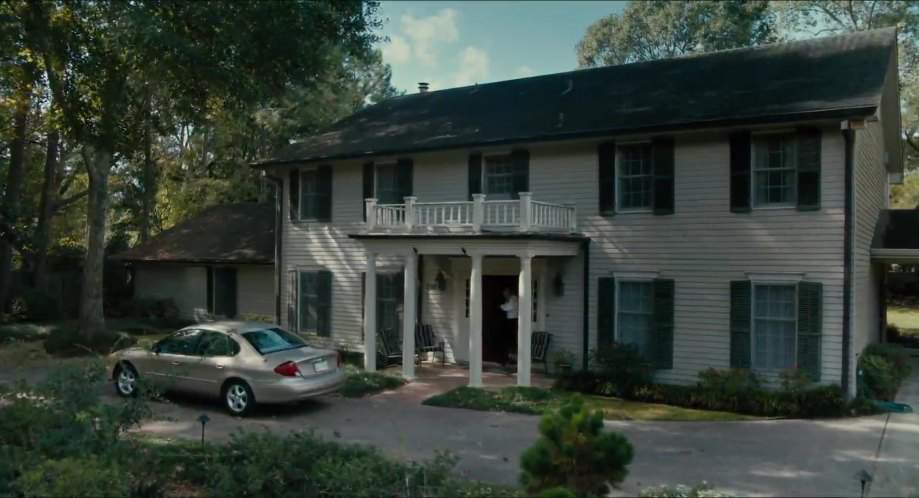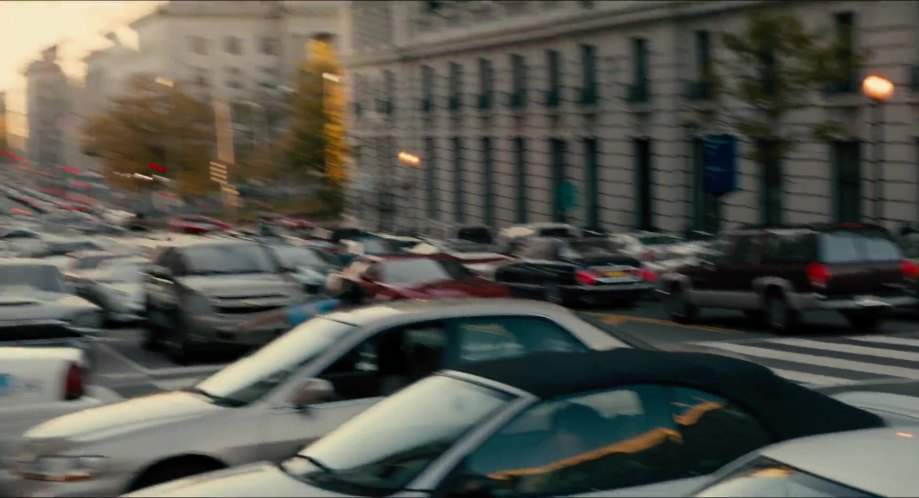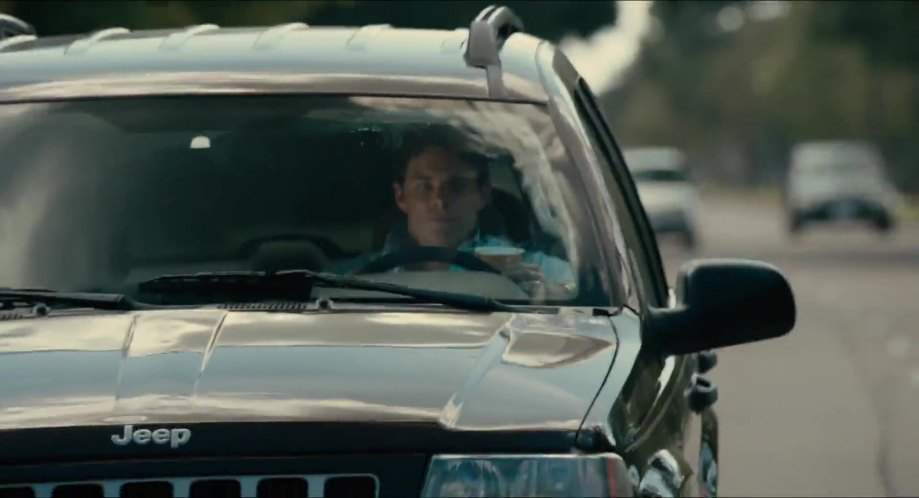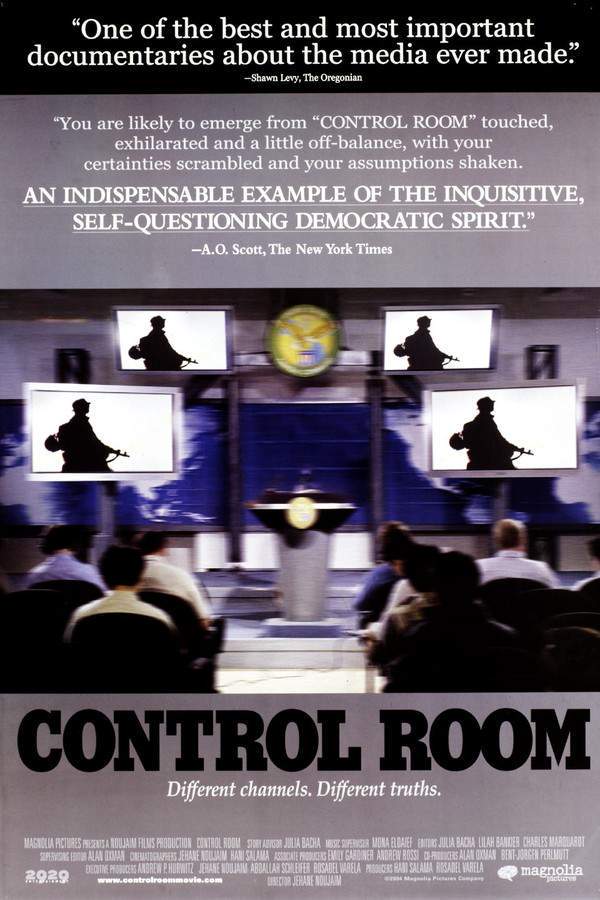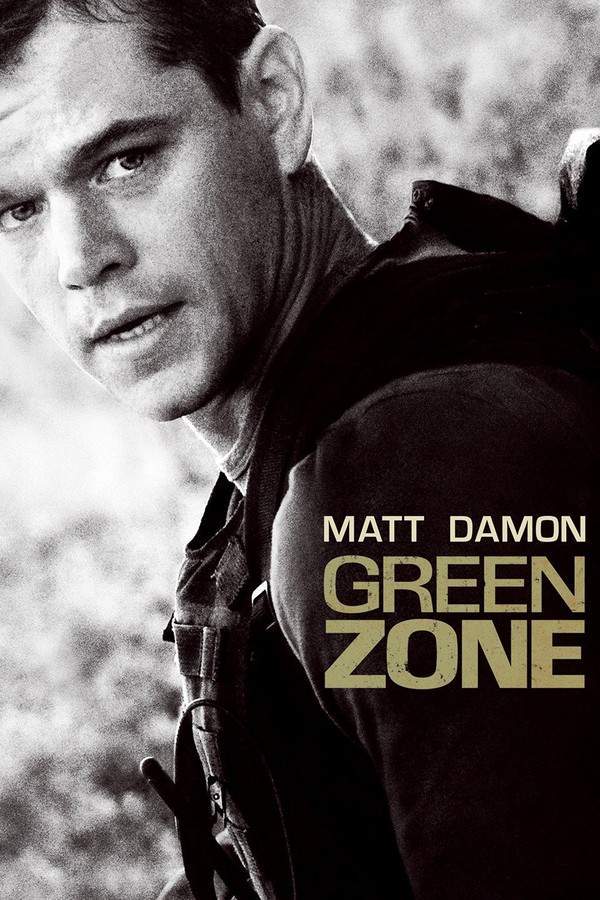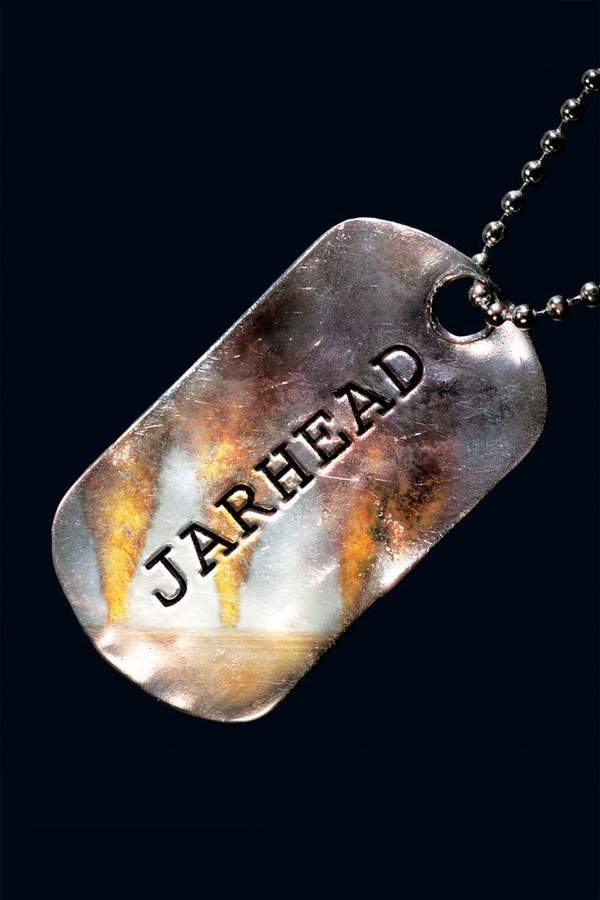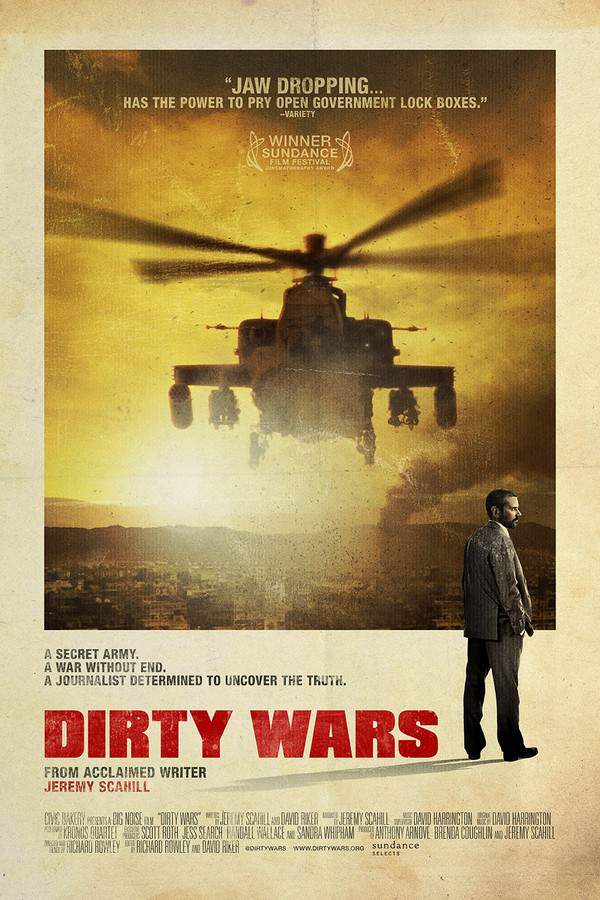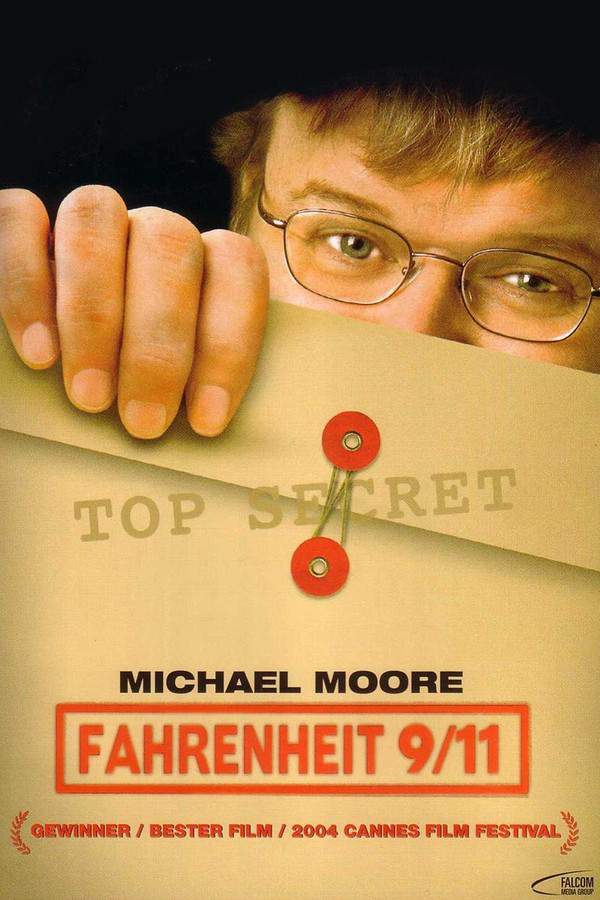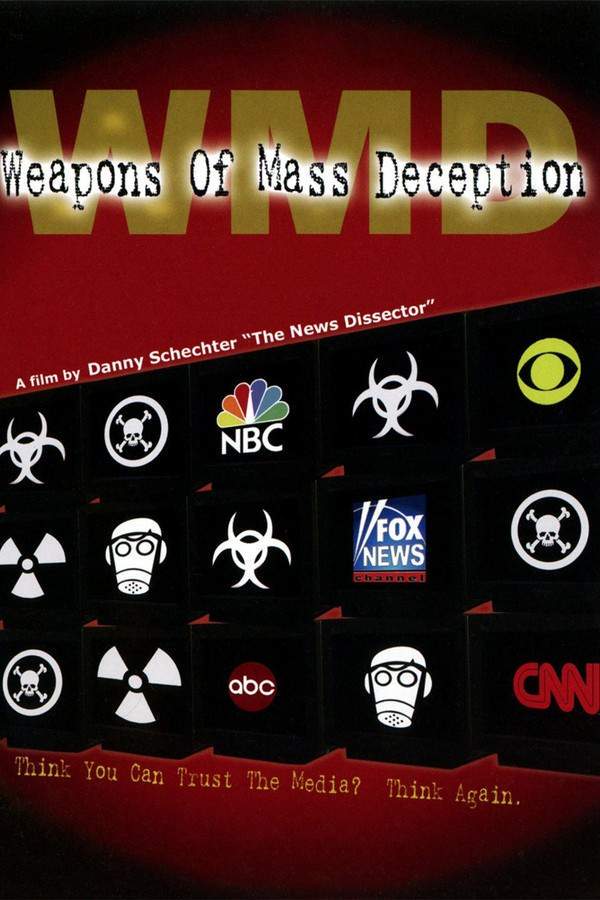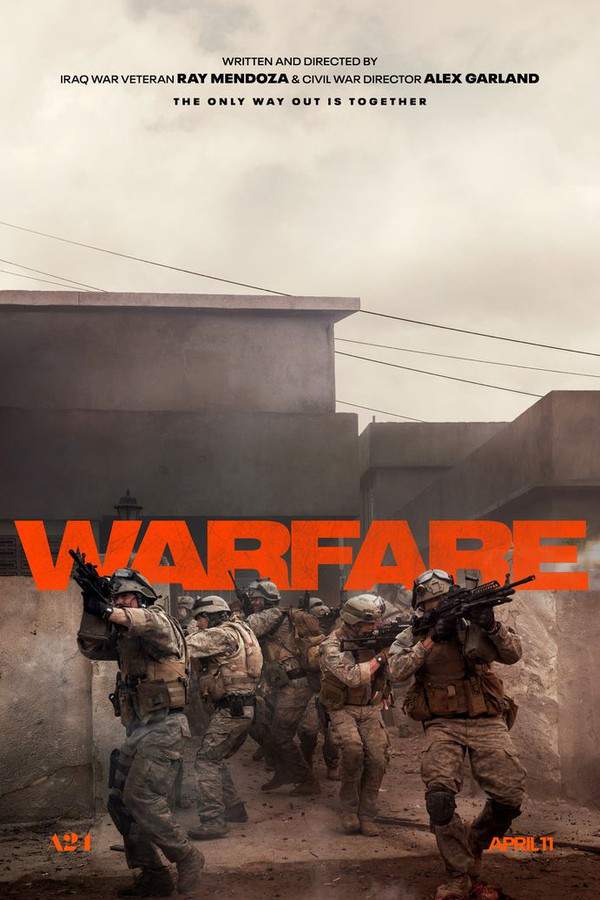Shock and Awe 2018
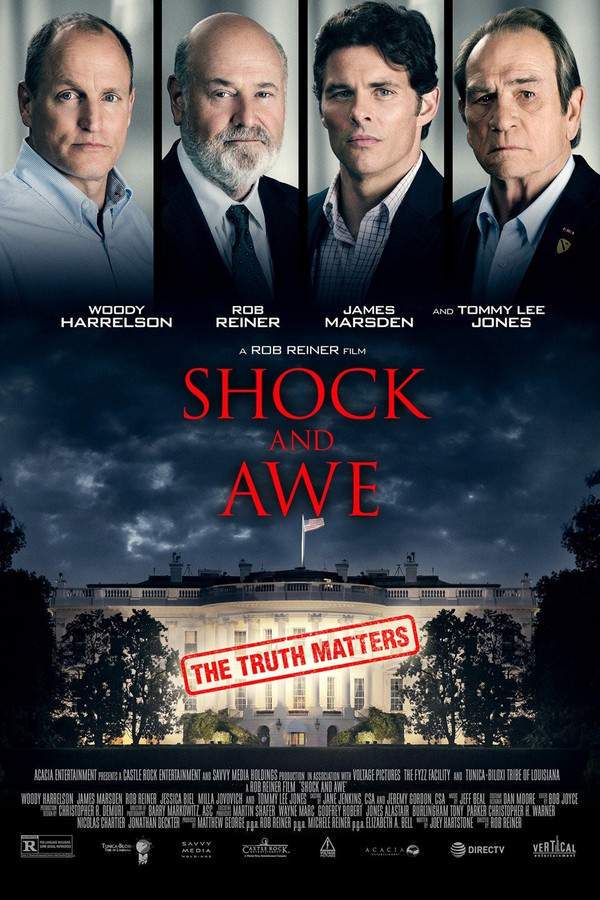
In the days leading up to the 2003 invasion of Iraq, a determined team of journalists investigates the Bush administration's assertions regarding weapons of mass destruction. The film explores the complex relationship between political power and media coverage, revealing how easily information can be manipulated and the challenges faced in uncovering the truth. It’s a gripping drama examining the importance of accountability and the role of the press in a time of war.
Does Shock and Awe have end credit scenes?
No!
Shock and Awe does not have end credit scenes. You can leave when the credits roll.
Meet the Full Cast and Actors of Shock and Awe
Explore the complete cast of Shock and Awe, including both lead and supporting actors. Learn who plays each character, discover their past roles and achievements, and find out what makes this ensemble cast stand out in the world of film and television.
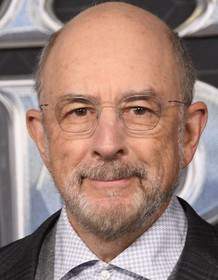
Richard Schiff
The Usual
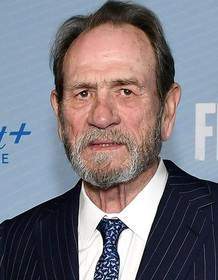
Tommy Lee Jones
Joe Galloway

Woody Harrelson
Jonathan Landay

James Marsden
Warren Strobel
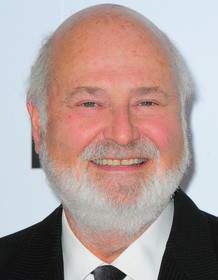
Rob Reiner
John Walcott

Al Sapienza
Arthur

Jessica Biel
Lisa Mayr

Milla Jovovich
Vlatka Landay
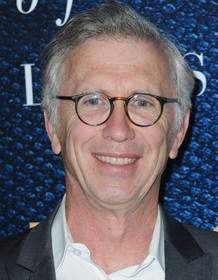
Steve Coulter
Looney Tunes
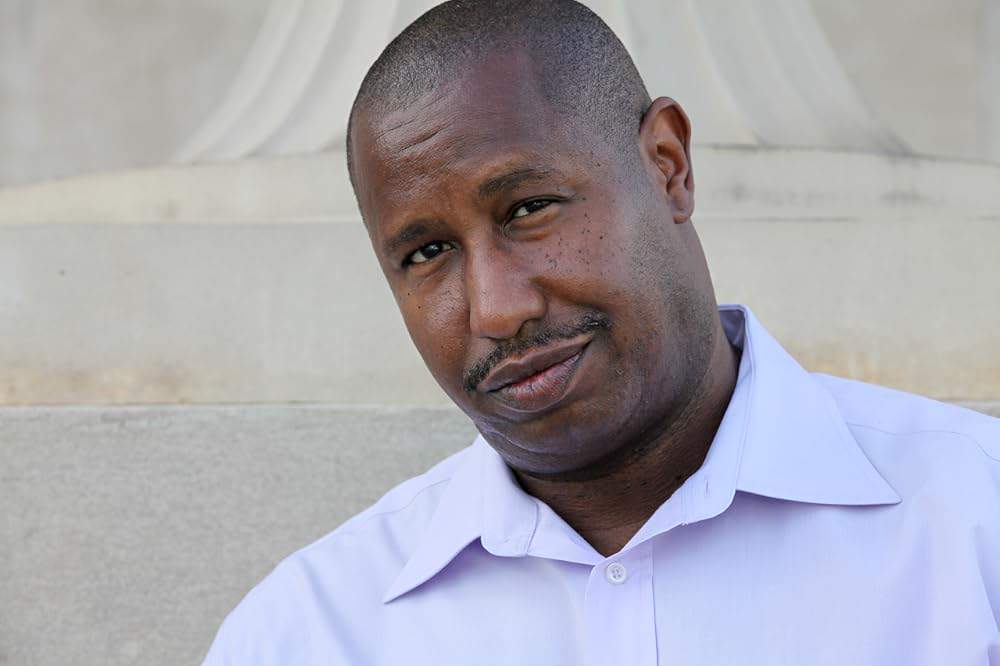
Terence Rosemore
Mr. Green

Kate Butler
Nancy Walcott

Luke Tennie
Adam Green

Margo Moorer
Mrs. Green

Stephanie Honore

Teri Wyble
Pam
External Links and Streaming Options
Discover where to watch Shock and Awe online, including streaming platforms, rental options, and official sources. Compare reviews, ratings, and in-depth movie information across sites like IMDb, TMDb, Wikipedia or Rotten Tomatoes.
Ratings and Reviews for Shock and Awe
See how Shock and Awe is rated across major platforms like IMDb, Metacritic, and TMDb. Compare audience scores and critic reviews to understand where Shock and Awe stands among top-rated movies in its genre.

The Movie Echo Score
Shock and Awe delivers moments of historical fidelity and thematic relevance but is hampered by uneven execution. Its detailed newsroom depiction provides authentic context, yet repetitive pacing and outdated stylistic choices undercut narrative momentum. The ensemble cast offers competent performances but struggles to transcend archetypal roles. While the film’s focus on journalistic accountability resonates, derivative storytelling and inconsistent craft prevent it from achieving lasting impact.
The Movie Echo Score Breakdown for Shock and Awe

Art & Craft
In terms of Art & Craft, the film’s direction and cinematography feel dated and occasionally clunky. Critics highlight uninspired camera work and reliance on exposition-heavy scenes, while users note uneven visual polish. Production design accurately recreates early 2000s newsrooms but lacks inventive flair. Overall, the craft serves functional purposes but rarely rises to distinctive artistry.

Character & Emotion
When it comes to Character & Emotion, performances are solid but seldom deeply realized. User feedback praises the ensemble cast’s earnest engagement, yet critics frequently describe characters as colorless spokespersons. Moments of emotional resonance emerge in scenes of journalistic tension, but limited character arcs reduce personal investment. Ultimately, the film relies on professional portrayals that stop short of true depth.

Story & Flow
Regarding Story & Flow, the narrative delivers a timely exploration of media accountability but suffers from derivative plotting. Reviewers cite exposition-clotted dialogue and pacing that oscillates between engaging bursts and plodding stretches. Positive notes on thematic urgency and newsroom detail are offset by familiar procedural beats reminiscent of earlier films. The plot maintains interest at times but lacks the originality to fully captivate.

Sensory Experience
In terms of Sensory Experience, the film’s sound design and score support an immersive newsroom atmosphere without drawing undue attention. Authentic ambient noise and restrained editing provide cohesion, though no standout musical elements elevate the impact. Visual style is serviceable, with straightforward framing and color palettes that reflect period accuracy but do not innovate. Overall, the sensory elements are competent and unobtrusive.

Rewatch Factor
Concerning Rewatch Factor, the film’s thematic importance and factual basis may invite a second viewing for context, but uneven pacing and familiar structure reduce replay appeal. While the subject matter remains relevant, the lack of narrative surprises and limited emotional payoff curtail lasting engagement. Viewers seeking a fresh documentary approach might revisit it, but general audiences are unlikely to find strong replay value.

47
Metascore
5.7
User Score


28%
TOMATOMETER

42%
User Score

6.4 /10
IMDb Rating

64
%
User Score

2.8

4.80/5
From 5 fan ratings
Take the Ultimate Shock and Awe Movie Quiz
Challenge your knowledge of Shock and Awe with this fun and interactive movie quiz. Test yourself on key plot points, iconic characters, hidden details, and memorable moments to see how well you really know the film.
Shock and Awe Movie Quiz: Test your knowledge on the events and themes of the 2018 film 'Shock and Awe'.
What year did the events of the movie primarily take place?
2001
2003
2006
2008
Show hint
Full Plot Summary and Ending Explained for Shock and Awe
Read the complete plot summary of Shock and Awe, including all major events, twists, and the full ending explained in detail. Explore key characters, themes, hidden meanings, and everything you need to understand the story from beginning to end.
In 2006, the Senate Committee on Veteran Affairs convenes to deliberate the future funding of the Veteran Affairs, and at this pivotal moment, we meet retired Army veteran Adam Green, a young man who lost his legs while serving his country. Adam, who enlisted in the military at the tender age of 19 and was deployed to Iraq, bravely shares his harrowing experience of how just hours after arriving in Iraq, his transport vehicle was struck by an IED, causing a life-altering injury that left him wanting answers about the true reasons behind the war in Iraq.
As Adam’s testimony unfolds, another narrative takes shape: a group of dedicated journalists, including Warren Strobel and Jonathan Landay, are on a mission to probe the claims made by the Bush Administration regarding Saddam Hussein’s purported possession of weapons of mass destruction, which served as a justification for the 2003 invasion of Iraq, ominously dubbed “Shock and Awe.” President George Bush asserted that this war was essential to safeguard the world from a looming threat, aiming to dethrone Saddam and spread democracy throughout the Middle East.
In this backdrop, we flash back to September 2001, when the tragic events of 9/11 send shockwaves through the nation. Amidst this turmoil, John Walcott, the bureau head for the Knight Ridder news service—a collective of 31 newspapers—dispatches reporters Warren Strobel and Jonathan Landay to scrutinize the unfolding story. Despite the State Department’s insistence on Iraq’s involvement in the attacks, a burgeoning narrative suggests that Al-Qaeda, led by Osama bin Laden, is the true perpetrator.
Walcott is adamant that the State Department’s approach to instilling democracy in the Middle East is misguided, rooted in nationalism rather than genuine patriotism. This sentiment is echoed by Vlatka Landay, Jonathan’s wife, who expresses her skepticism towards the administration’s justifications. Meanwhile, Lisa Mayr, who resides in the same building as Strobel, begins a romantic relationship with him, providing a personal dimension to the unfolding investigation.
As the investigation deepens, it is revealed that the Defense Department has sent an ex-service member to Europe with the objectives of tracing links between Iraq and the 1993 World Trade Center bombing. Walcott’s sources in Afghanistan reveal a worrying trend: U.S. military assets are being diverted to Iraq, hindering efforts to locate Osama bin Laden, who evades capture by slipping into Pakistan.
During this tumultuous time, Walcott encounters Joe Galloway, a seasoned war correspondent from the Vietnam War era who is now entangled with the administration’s narratives. He proposes a collaboration that could potentially amplify their pursuit of the truth regarding the war. Walcott speculates an invasion’s repercussions, arguing that the push to install Ahmed Chalabi as Iraq’s leader could fracture Iraq into warring factions, leading U.S. troops into a quagmire of civil unrest.
As tensions mount, an analyst from the Pentagon discloses that Donald Rumsfeld is orchestrating a parallel intelligence operation, in collaboration with Chalabi and Israeli sources, to fabricate justifications for the invasion. A crucial concern arises over Washington’s journalistic integrity, highlighting a troubling addiction to political access that compromises the factual basis of reporting.
Walcott firmly believes in the reliability of his sources, standing in contrast to the narratives pushed by others, such as Judith Miller. He recalls first encountering Ahmed Chalabi many years prior, characterizing him as a figure devoid of genuine war experience. Despite the overwhelming support of mainstream networks for the administration’s claims, Walcott’s team perseveres, ensuring they rigorously question and investigate the available facts.
As evidence mounts that the administration neglects expert advice on the Middle East and nuclear capabilities, their commitment to factual journalism seems to deliver results. In stark opposition to the administration’s claims of WMDs, their investigation ultimately lays bare a fabric of deception. Despite their own moments of doubt, Walcott, Strobel, and Landay emerge as champions of integrity, leading to a sobering conclusion that 17 years of war have resulted in staggering consequences: $2 trillion in expenditures, 36,000 American lives lost, 1 million Iraqi casualties, and no weapons of mass destruction found.
The tireless work of Knight Ridder’s journalists culminates in recognition when they receive the Raymond Clapper Memorial award from the Senate Press Gallery on February 5, 2004, underscoring their dedication to illuminating the truth behind the complex and often murky justifications for the Iraq war.
Uncover the Details: Timeline, Characters, Themes, and Beyond!

Coming soon on iOS and Android
The Plot Explained Mobile App
From blockbusters to hidden gems — dive into movie stories anytime, anywhere. Save your favorites, discover plots faster, and never miss a twist again.
Sign up to be the first to know when we launch. Your email stays private — always.
Watch Trailers, Clips & Behind-the-Scenes for Shock and Awe
Watch official trailers, exclusive clips, cast interviews, and behind-the-scenes footage from Shock and Awe. Dive deeper into the making of the film, its standout moments, and key production insights.
Cars Featured in Shock and Awe
Explore all cars featured in Shock and Awe, including their makes, models, scenes they appear in, and their significance to the plot. A must-read for car enthusiasts and movie buffs alike.
Shock and Awe Themes and Keywords
Discover the central themes, ideas, and keywords that define the movie’s story, tone, and message. Analyze the film’s deeper meanings, genre influences, and recurring concepts.
Shock and Awe Other Names and Titles
Explore the various alternative titles, translations, and other names used for Shock and Awe across different regions and languages. Understand how the film is marketed and recognized worldwide.
Similar Movies To Shock and Awe You Should Know About
Browse a curated list of movies similar in genre, tone, characters, or story structure. Discover new titles like the one you're watching, perfect for fans of related plots, vibes, or cinematic styles.
Quick Links: Summary, Cast, Ratings, More

What's After the Movie?
Not sure whether to stay after the credits? Find out!
Explore Our Movie Platform
New Movie Releases (2025)
Famous Movie Actors
Top Film Production Studios
Movie Plot Summaries & Endings
Major Movie Awards & Winners
Best Concert Films & Music Documentaries
Movie Collections and Curated Lists
© 2025 What's After the Movie. All rights reserved.














